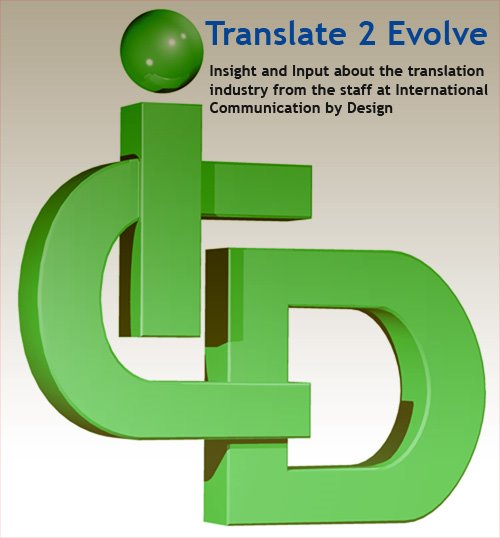One simple rule to start your style guide is to record every choice that can not be recorded in a translation tool glossary or a translation memory. You can find instructions and choices that you should included in your translation style guides here: Annex D of European Standard 15038 for translation services (see page 15). Here are some of the criteria listed:
- Punctuation
- Spelling
- Formatting
- Adaptations
- Language-specific and client preferences
- Common errors to be avoided
- Other miscellaneous elements
Microsoft’s Language Style Guides: guides for 90+ languages, each of varying length
Other international organizations and governments with respectable translation teams have also made their translation style guides available online for download:
The World Bank Translation Style Guide: English, French, Arabic, Spanish, Russian
The European Commission Translation Style Guides: English, Danish, Finnish, Portuguese, Slovene, Spanish, Swedish, and other languages

